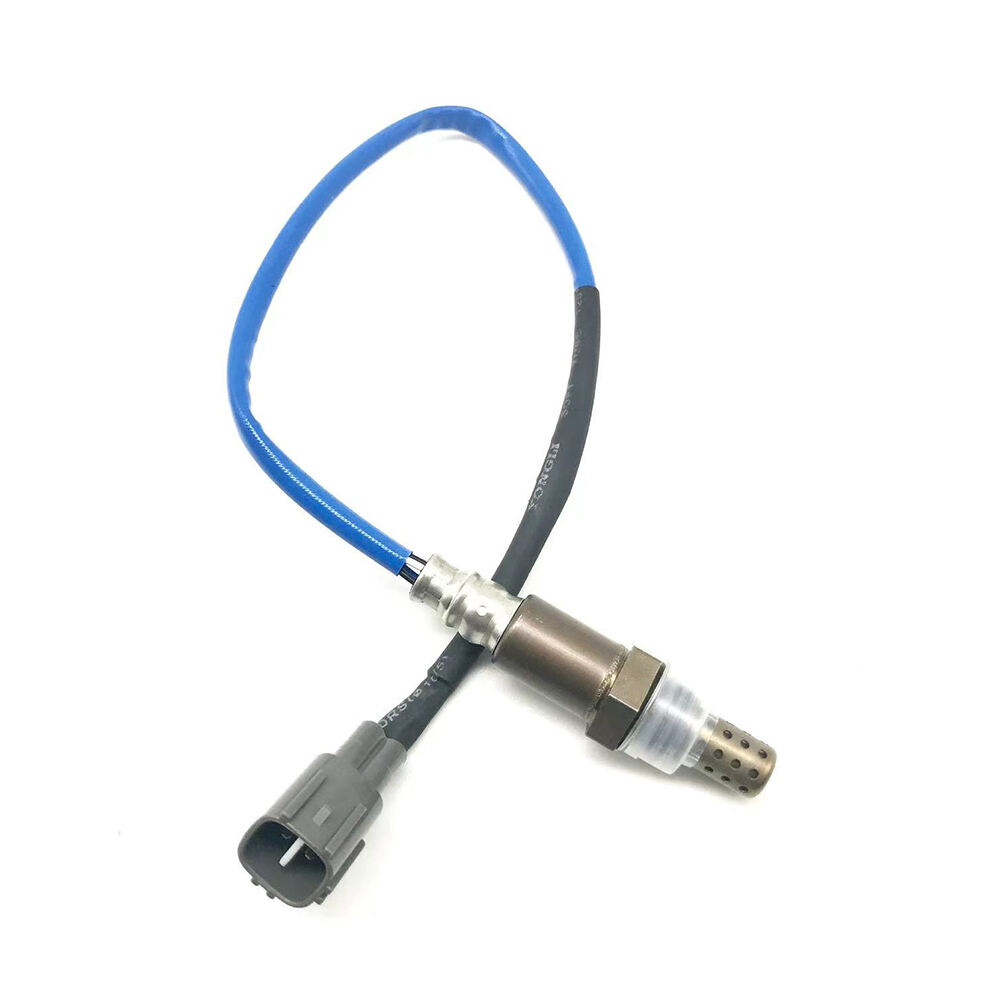Elevating Interior Aesthetics Through Modern Lighting Solutions
The world of interior design constantly evolves, and at the forefront of this evolution are hanging ball head designs that have revolutionized how we think about lighting and spatial decoration. These versatile fixtures have transformed from simple functional elements into sophisticated artistic statements that can completely alter the ambiance of any room. By incorporating these innovative designs into your space, you can create a perfect balance of form and function while establishing a distinctive aesthetic signature.
Modern hanging ball head designs offer an unprecedented level of customization and creative freedom. Whether you're looking to make a bold statement in your entryway or create an intimate atmosphere in your dining room, these versatile lighting solutions provide endless possibilities for personal expression and spatial enhancement.
Design Principles and Artistic Elements
Geometric Harmony and Visual Balance
The fundamental appeal of hanging ball head designs lies in their perfect geometric symmetry. The spherical shape creates a natural focal point that draws the eye while maintaining a sense of balance within the space. This inherent harmony makes these fixtures particularly versatile, allowing them to complement both minimalist and maximalist design approaches.
When selecting hanging ball head designs, consider how their proportions relate to your room's dimensions. A single large pendant can make a dramatic statement, while a cluster of smaller balls can create a more dynamic and playful atmosphere. The key is to maintain proper scale relationships that enhance rather than overwhelm your space.
Material Selection and Light Interaction
The choice of materials in hanging ball head designs significantly impacts their visual effect and functionality. Glass, metal, and various synthetic materials each interact with light differently, creating distinct atmospheric qualities. Crystal and clear glass options produce sparkle and refraction, while frosted or opal glass delivers a softer, more diffused illumination.
Contemporary designers are experimenting with innovative materials and finishes, including brushed metals, textured surfaces, and even sustainable materials like bamboo and recycled elements. These variations in material selection allow for greater customization and alignment with specific design objectives.
Installation Strategies and Spatial Considerations
Height and Positioning Guidelines
Proper installation of hanging ball head designs requires careful attention to height and positioning. In dining areas, the general rule is to suspend fixtures 30-36 inches above the table surface. For entryways and open spaces, consider the ceiling height and overall room proportions to determine the optimal hanging length.
Multiple hanging ball head designs can be arranged in various configurations to create different effects. Linear arrangements work well over long tables or kitchen islands, while cluster installations can fill larger volumes and create dramatic visual interest in areas with high ceilings.
Electrical and Support Requirements
Before installing hanging ball head designs, it's crucial to assess your space's electrical infrastructure. Professional installation ensures proper support and wiring for heavier fixtures, while also addressing important safety considerations. Many modern designs come with adjustable cables or rods, allowing for perfect positioning even after initial installation.
Consider incorporating dimming capabilities to maximize the versatility of your lighting installation. This feature allows you to adjust the atmosphere according to different times of day or various activities, making your space more functional and adaptable.
Style Integration and Contemporary Trends
Mixing Design Elements
Contemporary interior design embraces the mixing of different styles and periods. Hanging ball head designs can serve as a bridge between traditional and modern elements in your space. Their clean, geometric forms complement contemporary furniture while their timeless appeal works harmoniously with classic architectural details.
When integrating these fixtures into your existing décor, consider how their finish and style relate to other metallic elements in the room. Creating a cohesive look doesn't necessarily mean matching everything exactly – thoughtful contrast can often produce more interesting and sophisticated results.
Color and Finish Selection
The color and finish of hanging ball head designs play a crucial role in their overall impact. While metallic finishes remain popular for their versatility and elegance, designers are increasingly exploring bold color choices and unique surface treatments. Matte black, brass, and copper finishes offer sophisticated alternatives to traditional chrome or nickel.
Consider how your chosen finish will interact with both natural and artificial light throughout the day. Some finishes may appear dramatically different under varying lighting conditions, adding an extra dimension of visual interest to your space.
Frequently Asked Questions
How do I clean and maintain hanging ball head designs?
Regular dusting with a soft, dry cloth is essential for maintaining the appearance of your fixtures. For glass components, use a mild glass cleaner and avoid harsh chemicals that could damage special finishes. Always ensure the fixture has cooled completely before cleaning, and consider professional cleaning for complex or high-mounted installations.
What size hanging ball head design should I choose for my space?
The ideal size depends on your room dimensions and ceiling height. A general rule is to choose a fixture diameter that's about one-half to two-thirds the width of your table or surface below. For rooms without a central furniture piece, consider the room's square footage and ceiling height to maintain proper proportions.
Can hanging ball head designs work in rooms with low ceilings?
Absolutely! While traditionally associated with high ceilings, many hanging ball head designs can be adapted for lower ceiling heights. Look for semi-flush mount options or shorter stems, and consider smaller diameter fixtures that won't overwhelm the space. Proper placement and scaling are key to successful installation in rooms with lower ceilings.

